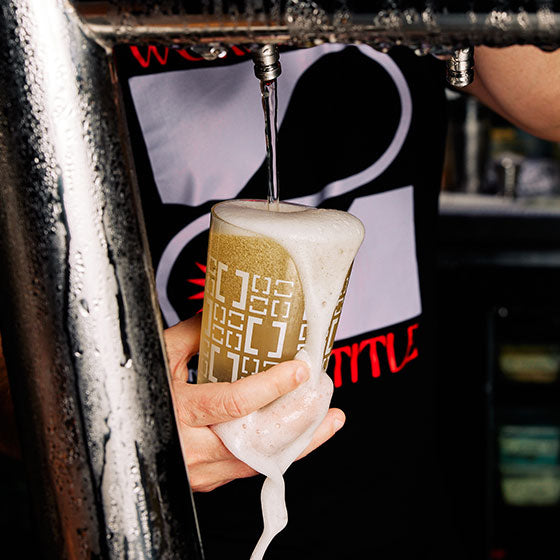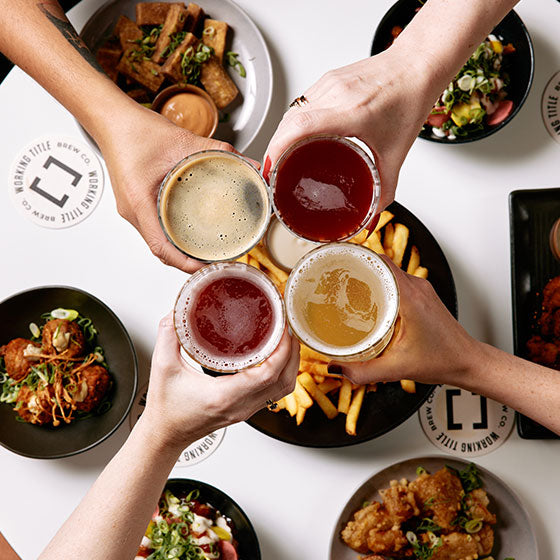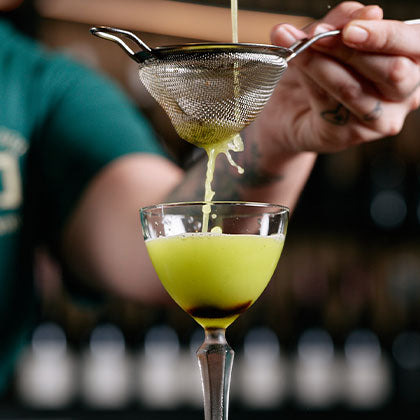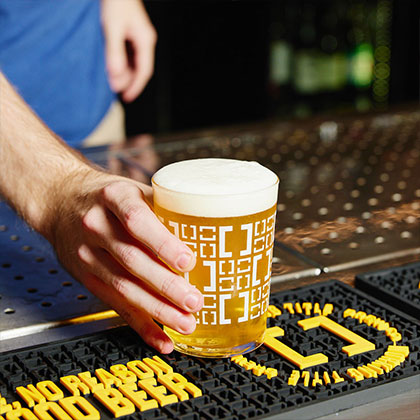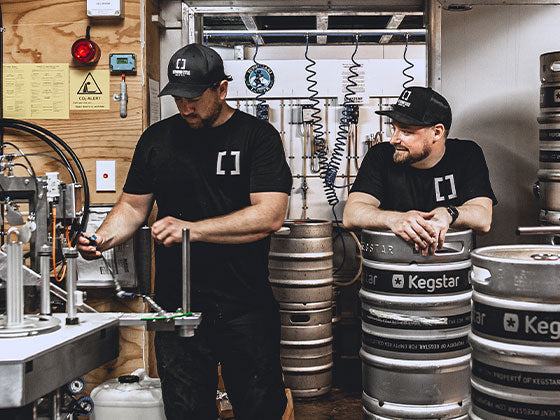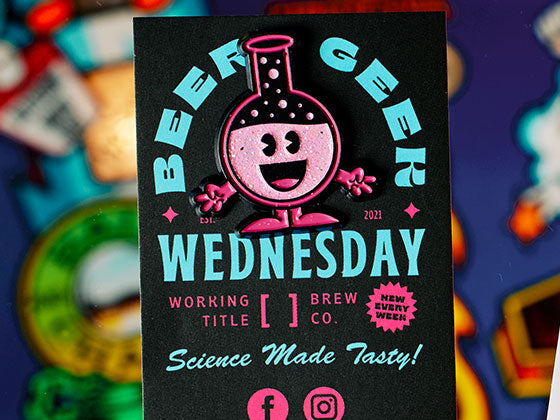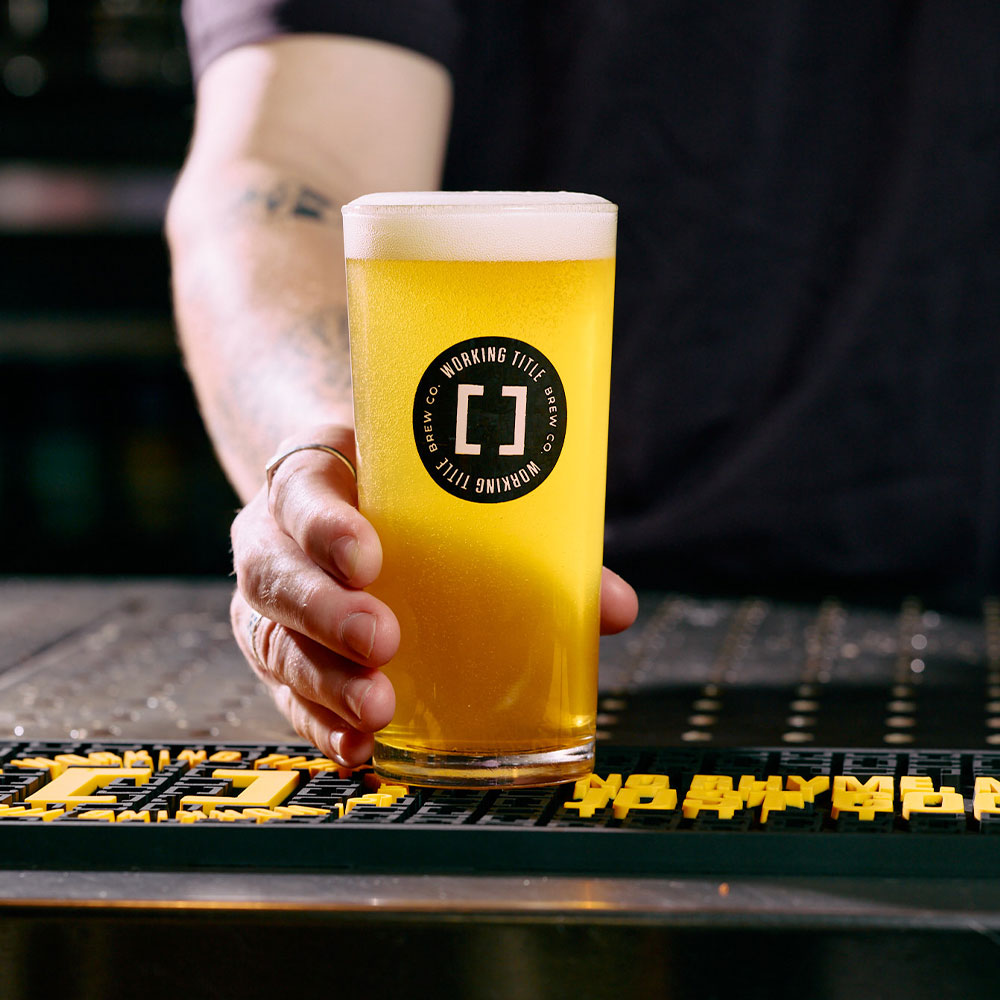This week we punched out a huge, chocolatey mash that really had us salivating over the mash tun. It had me pondering the amylamazement that is mashing.
Mashing is the process of combining the milled grain, together with water, to breakdown complex molecules into simple components that can be consumed by yeast. Without mashing, the malt would be too complex for the yeast to breakdown.
Mashing involves activating two notable enzymes that are already in the malt; beta and alpha amylase. These guys work at slightly different temperatures and do slightly different things to break down starch into smaller, carbohydrate molecules. Beta-amylase works best around 62oC (but up to 68oC with reduced efficacy), and produces pure maltose. So beta-amylase activity correlates strongly with “fermentability” – or the amount of ethanol that can be produced from a given wort. Alpha-amylase works best at 73oC (but all the way down to 65oC) and is a rando, chopping up starch arbitrarily. It produces saccharide chains of different lengths. This generally correlates with the amount of residual body left in the beer.
On the brewkit that we are lucky enough to utilise, there is no heating in the mash tun. This means mashing occurs at a single temperature; known as a Single Infusion mash, as opposed to a Stepped Mash. Lucky for us, beta- and alpha-amylase can work together at a single temperature to give an array of possible beers.
This week we mashed at 64oC, knowing we needed a lot of fermentability to get our desired 8% abv. The body can also be mediated by a tun of specialty malts, and lactose, which we added to the boil. So I wasn’t too concerned about making wort with body.
Fun fact: humans produce a similar enzyme in their saliva, called salivary amylase. This enzyme breaks down starch into sugars. This is why as you chew grains they will begin to taste sweet.
Amylase, beer would be less fun without it.


